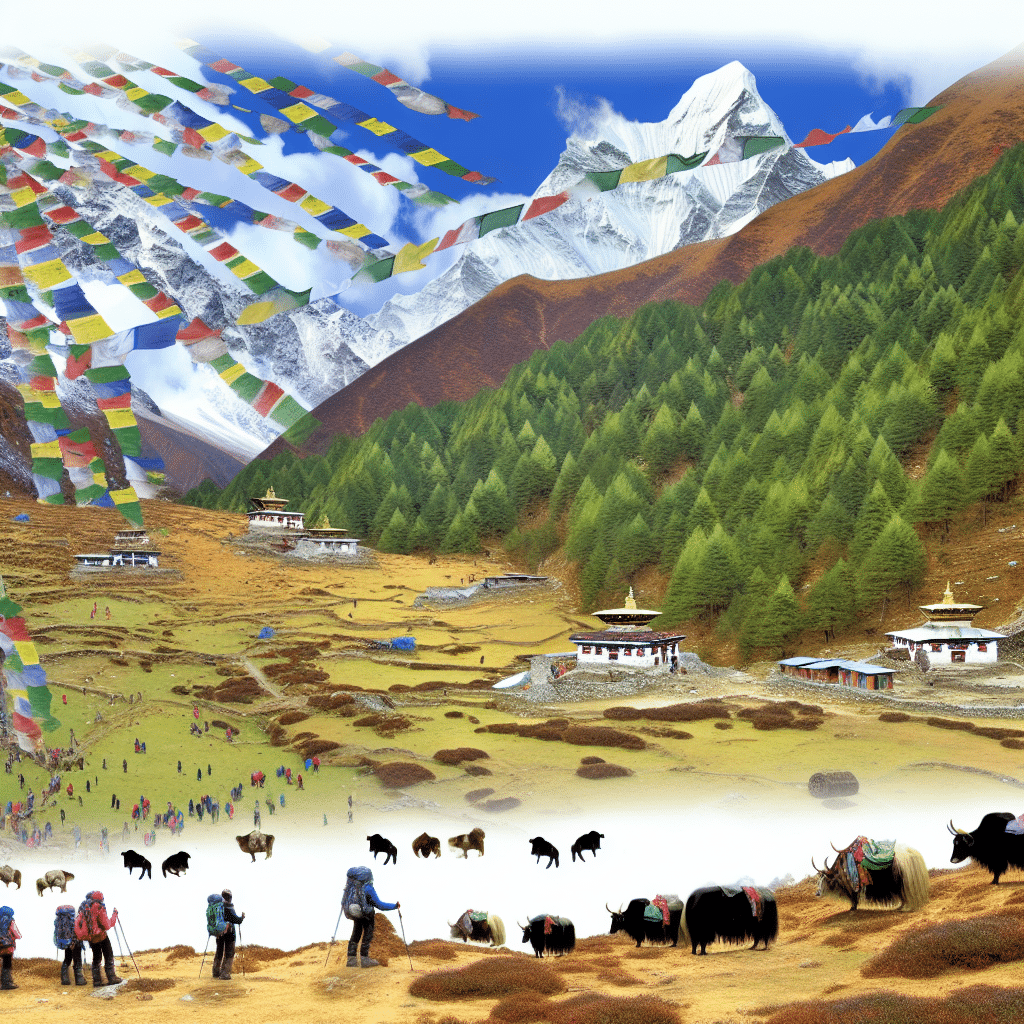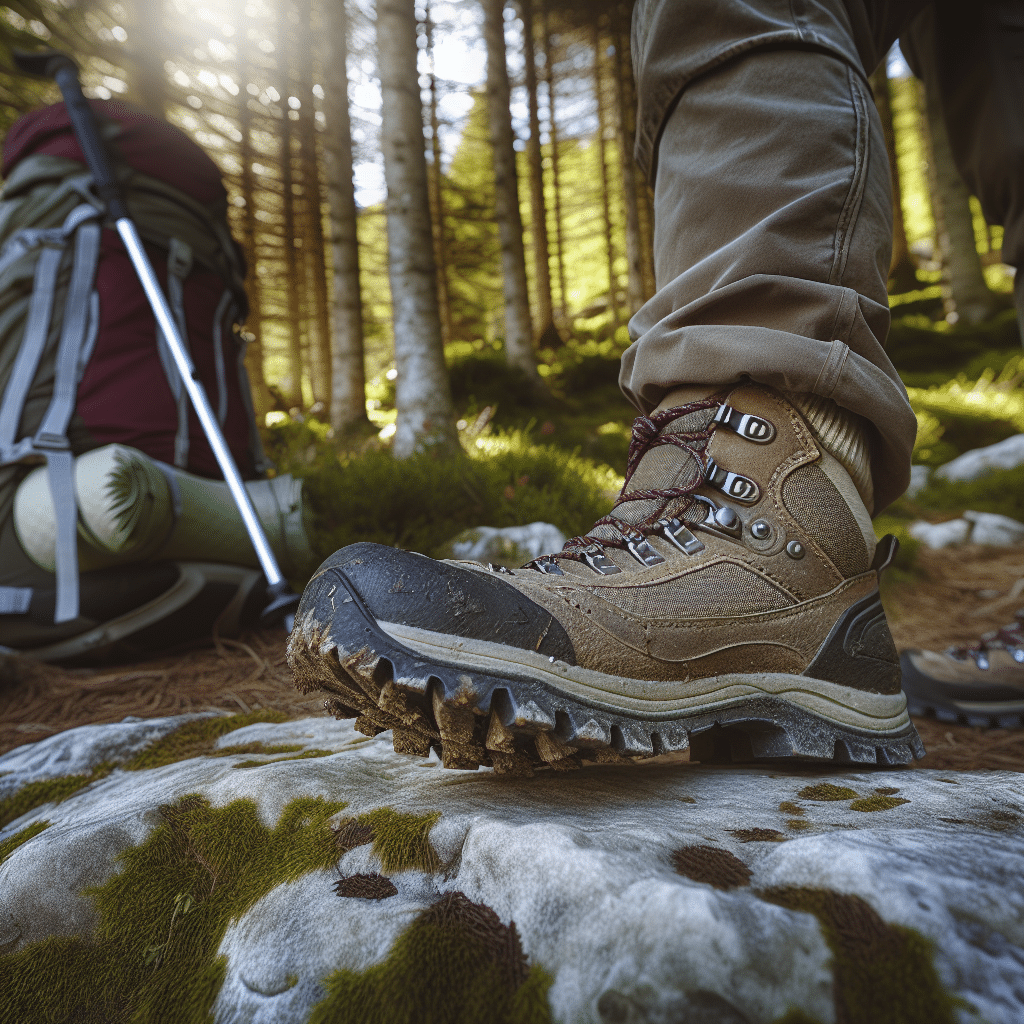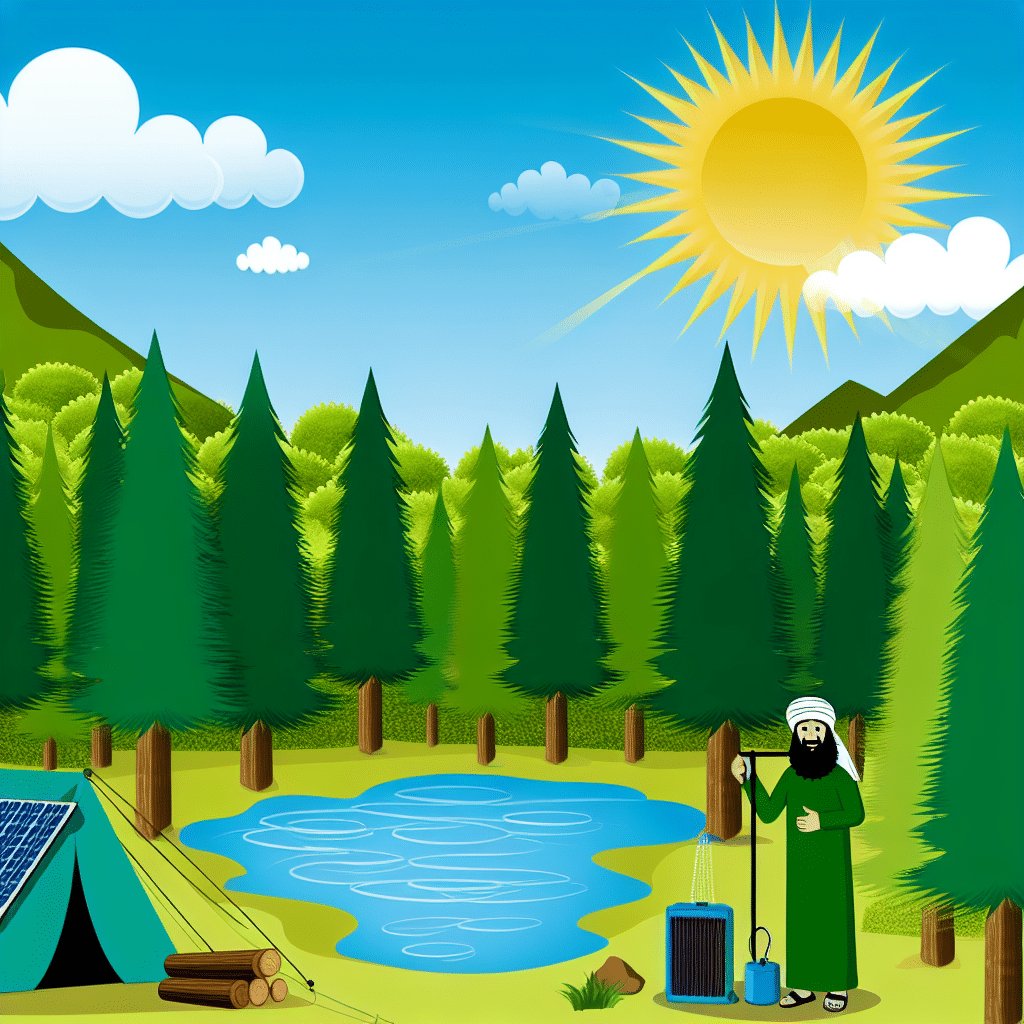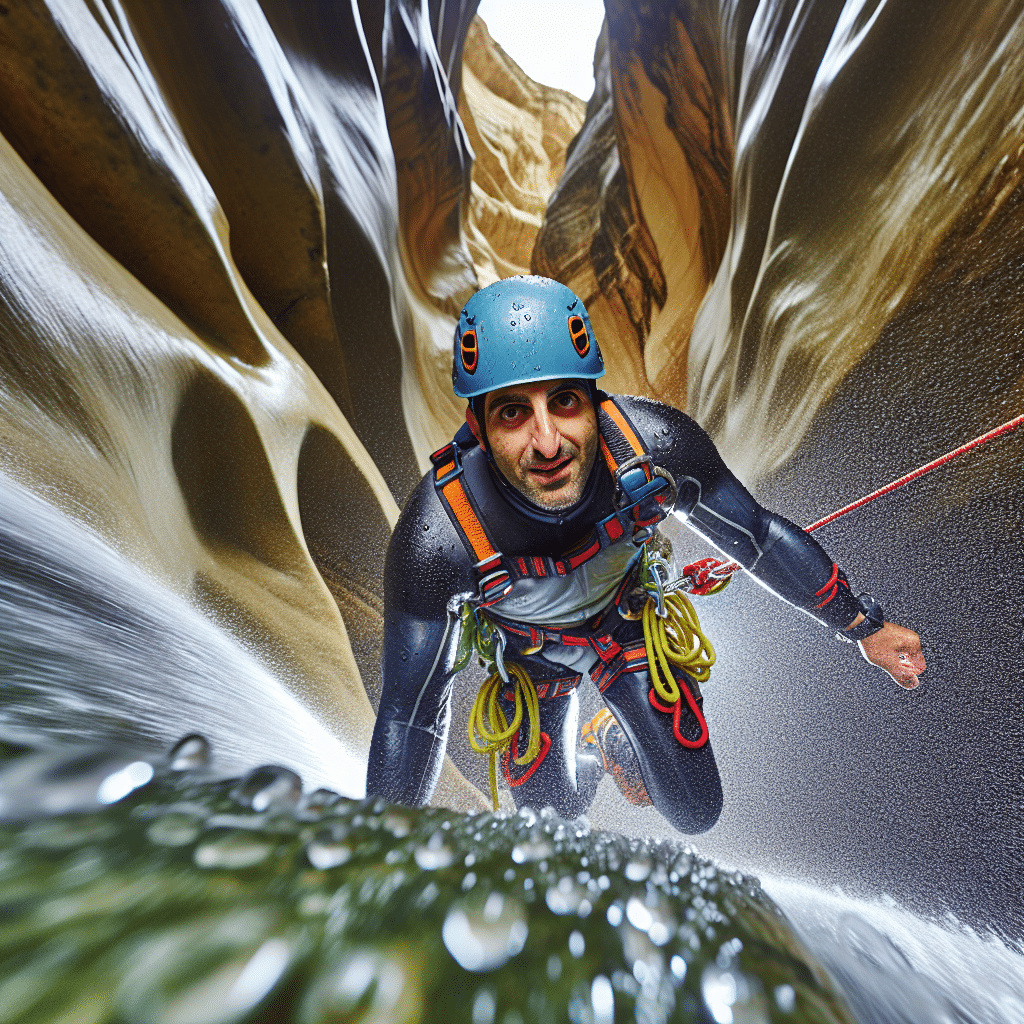Why Choose Trekking in Nepal?

Trekking in Nepal is more than just a physical journey; it is an exploration of a rich tapestry of culture, geography, and spirituality nestled in the heart of the Himalayas. Nepal, home to eight of the world’s fourteen highest peaks, including Mount Everest, offers an unrivaled trekker’s paradise. With its diverse landscapes, from lush forests and fertile plains to high-altitude deserts and soaring mountains, the country presents an unparalleled backdrop for adventurers eager to push their boundaries while immersing themselves in local culture.
Top Trekking Routes in Nepal
Everest Base Camp Trek
Arguably the most famous trekking route in Nepal, the Everest Base Camp Trek is a dream for many adventurers. Starting from the bustling town of Lukla, trekkers journey through remote Sherpa villages, lush forests, and high-altitude terrains to finally stand at the base of the world’s highest peak. The trek offers spectacular views of iconic peaks such as Ama Dablam, Lhotse, and Nuptse.
Annapurna Circuit Trek
The Annapurna Circuit Trek is often hailed as one of the best long-distance trekking routes in the world. Spanning approximately 128 miles, it takes trekkers through varied landscapes and climates, from subtropical forests to alpine meadows and high desert plateaus. Key highlights include crossing the Thorong La Pass, standing at 5,416 meters, and experiencing the unique culture of the Manang and Mustang regions.
Langtang Valley Trek
For those seeking a less crowded experience but equally stunning scenery, the Langtang Valley Trek is an excellent choice. Just north of Kathmandu, this trek takes you into the heart of the Langtang National Park, home to diverse flora and fauna, including the elusive red panda. The trek combines the beauty of high mountains, glacial lakes, and traditional Tamang villages.
What to Expect When Trekking in Nepal?
Physical and Mental Preparation
Trekking in Nepal is not for the faint-hearted. While there are routes suitable for beginners, many of the more popular treks require a good level of physical fitness and mental resilience. It’s essential to train by engaging in regular cardiovascular exercise, strength training, and long hikes. Mental preparation is equally important; be ready for changeable weather, altitude sickness, and basic accommodation conditions.
Altitude Considerations
Altitude sickness is a real concern when trekking in Nepal. Symptoms can include headaches, nausea, dizziness, and shortness of breath. To mitigate these effects, acclimatization is crucial. Go slowly, take regular rest days, and ensure you’re well-hydrated. Medication like Diamox can also help, but consult with a healthcare professional before your trip.
Cultural Immersion
Trekking in Nepal offers a unique opportunity to immerse yourself in local cultures. The trails wind through various ethnic villages where you can interact with the locals, sample traditional cuisine, and even participate in local festivals. Respecting local customs and traditions is vital; always ask for permission before taking photographs and dress modestly.
Essential Gear for Your Trek
Clothing
Layering is key when trekking in Nepal due to the extreme variation in temperature you might encounter. A good base layer, insulating layer, and waterproof outer layer are essential. Don’t forget thermal underwear, a hat, gloves, and a quality pair of trekking boots that are well broken-in.
Equipment
A reliable backpack, a sleeping bag rated for cold temperatures, trekking poles, and a headlamp are indispensable. Depending on the route, crampons and an ice axe may also be necessary. Always carry a first aid kit, a water purifier, and high-energy snacks.
Responsible Trekking: Leave No Trace
Responsible trekking in Nepal is essential to preserving its natural beauty and cultural heritage. Follow the Leave No Trace principles: pack out all your garbage, stick to designated trails, and respect wildlife. Use biodegradable products whenever possible, and support local economies by staying in locally-owned lodges and hiring local guides and porters.
Conclusion: A Life-Changing Experience
Trekking in Nepal offers not just a physical challenge but also a spiritual and cultural journey that can change your perspective on life. Whether you are walking the well-trodden path to Everest Base Camp or exploring the secluded trails of the Langtang Valley, the memories and friendships you’ll forge along the way are priceless. So, lace up your boots, pack your bags, and embark on the adventure of a lifetime in the mesmerizing Himalayas of Nepal.



